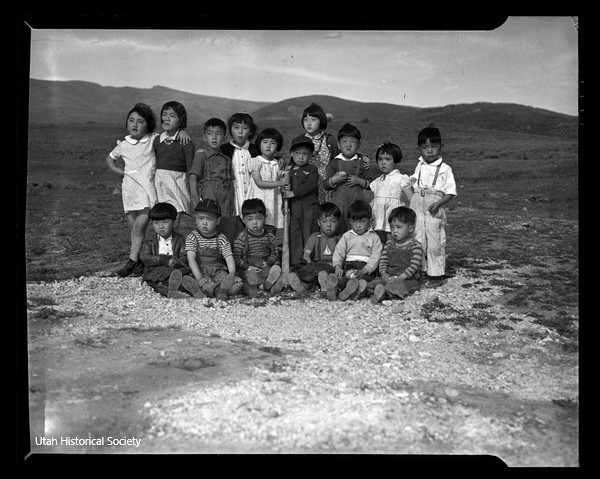Dublin Core
Title
Description
If you’ve ever been to the Jordanelle Reservoir, you may not have realized the rich history lurking in the depths below you. Keetley, the town that drowned in the reservoir's waters, was home to cattle ranchers, miners, bootleggers, and Japanese-Americans forcibly removed from their homes during World War II.
After silver was discovered in Park City, prospectors opened the Ontario claim to the east of town in 1872 and named the area after Pony Express rider Jack Keetley. Eventually, the entire Keetley area was bought by George and Donald Fisher for ranching.
During the silver mining boom of the 1920s, the Fishers filled the area with two-story buildings that housed up to 600 miners. They leased the rest of the land for a schoolhouse, a store, and an amusement hall called the Blue Goose, run by a pair of brothers named Big and Little Joe. The Blue Goose hosted boxing matches, dance nights, and had pool tables, a marble-topped bar, and during Prohibition, a bootlegging operation.
After the Great Depression stalled Utah’s mining operations, Keetley was mostly deserted. One of the Fisher brothers leased the land in 1942 to a Japanese-American businessman named Fred Wada. Wada established a farm co-op in Keetley as an alternative for Japanese-American citizens who would otherwise be sent to internment camps such as the one outside Delta, Utah. Although the Park City Town Council and the local sheriff lobbied for the removal of the co-op, Utah's Governor Herbert Maw praised the Keetley farmers and called them “loyal high-class citizens” after sampling a box of their produce.
When the dam gates closed in 1995 to provide water for a growing population, one historian lamented that “when the [Jordanelle Reservoir] is filled and all the recreational facilities in use, people are not likely to remember… the small town [of Keetley]… far below them in its watery grave.” Now, under 5.1 square miles of water is the drowned Ontario mine, the empty miners' quarters, the ruins of the Blue Goose, and Fred Wada’s fields.
Creator
Source
________________
Marilyn Curtis White, “Keetley, Utah: The Birth and Death of a Small Town,” Utah Historical Quarterly volume 62, number 3, 1994, pp. 246–60; Michael O'Malley, “Too Close to Home: Keetley’s Japanese Relocation Farm,” June 17, 2020 ParkCityHistory.org, Accessed February 2021.

